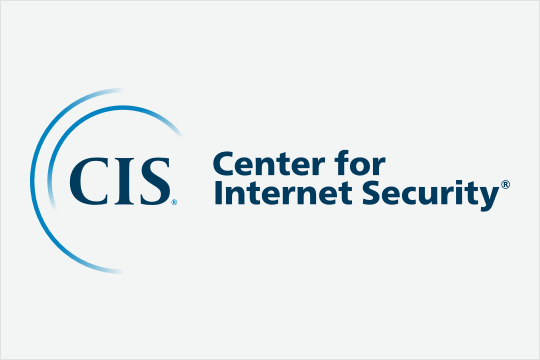Advisories
The latest information on known vulnerabilities in popular software and systems
1 - 10 of 217 results
Issued on 10.02.2024
2024-109: Multiple Vulnerabilities in Google Chrome Could Allow for Arbitrary Code ExecutionMultiple vulnerabilities have been discovered in Google Chrome, the most severe of which could allow for arbitrary code execution. ...
Issued on 10.01.2024
2024-107: Multiple Vulnerabilities in Mozilla Products Could Allow for Arbitrary Code ExecutionMultiple vulnerabilities have been discovered in Mozilla products, the most severe of which could allow for arbitrary code execution. Mozil...
Issued on 10.01.2024
2024-108: A Vulnerability in Zimbra Collaboration Could Allow for Remote Code ExecutionA vulnerability has been discovered in Zimbra Collaboration which could allow for remote code execution. Zimbra is a collaborative software suite...
Issued on 09.27.2024
2024-106: Multiple Vulnerabilities in PHP Could Allow for Remote Code ExecutionMultiple vulnerabilities have been discovered in PHP, the most severe of which could allow for remote code execution. PHP is a programming langua...
Issued on 09.27.2024
2024-105: Multiple Vulnerabilities in Foxit PDF Reader and Editor Could Allow for Arbitrary Code ExecutionMultiple vulnerabilities have been discovered in Foxit PDF Reader and Editor, the most severe of which could result in arbitrary code execution. ...
Issued on 09.24.2024
2024-104: Multiple Vulnerabilities in Google Chrome Could Allow for Arbitrary Code ExecutionMultiple vulnerabilities have been discovered in Google Chrome, the most severe of which could allow for arbitrary code execution. Successful exp...
Issued on 09.17.2024
2024-103: Multiple Vulnerabilities in Google Chrome Could Allow for Arbitrary Code ExecutionMultiple vulnerabilities have been discovered in Google Chrome, the most severe of which could allow for arbitrary code execution. Successful exp...
Issued on 09.16.2024
2024-102: Multiple Vulnerabilities in Apple Products Could Allow for Arbitrary Code ExecutionMultiple vulnerabilities have been discovered in Apple products, the most severe of which could allow for arbitrary code execution. Successful ex...
Issued on 09.11.2024
2024-101: Multiple Vulnerabilities in Google Chrome Could Allow for Arbitrary Code ExecutionMultiple vulnerabilities have been discovered in Google Chrome, the most severe of which could allow for arbitrary code execution. Successful exp...
Issued on 09.11.2024
2024-100: Multiple Vulnerabilities in Adobe Products Could Allow for Arbitrary Code ExecutionMultiple vulnerabilities have been discovered in Adobe products, the most severe of which could allow for arbitrary code execution.Adobe is a sof...
Explore Related Cybersecurity Solutions

Safeguard IT systems against cyber threats with more than 100 configuration guidelines across more than 25 vendor product families.
Learn MoreProtect your organization from cyber-attacks with globally recognized CIS Controls, companion guides, and mappings.
Learn MoreCIS CyberMarket
Learn MoreCIS Hardened Images
Learn MoreCIS SecureSuite
Learn MoreCIS Services
Learn MoreAccess resources for threat prevention, protection, response, and recovery for U.S. State, Local, Tribal, and Territorial (SLTT) government entities.
Learn MoreAccess resources for threat prevention, protection, response, and recovery for U.S. State, Local, Tribal, and Territorial (SLTT) government entities.
Learn More